What's in my loft?
Posted on 10th December 2023 at 12:15
What’s in your loft?


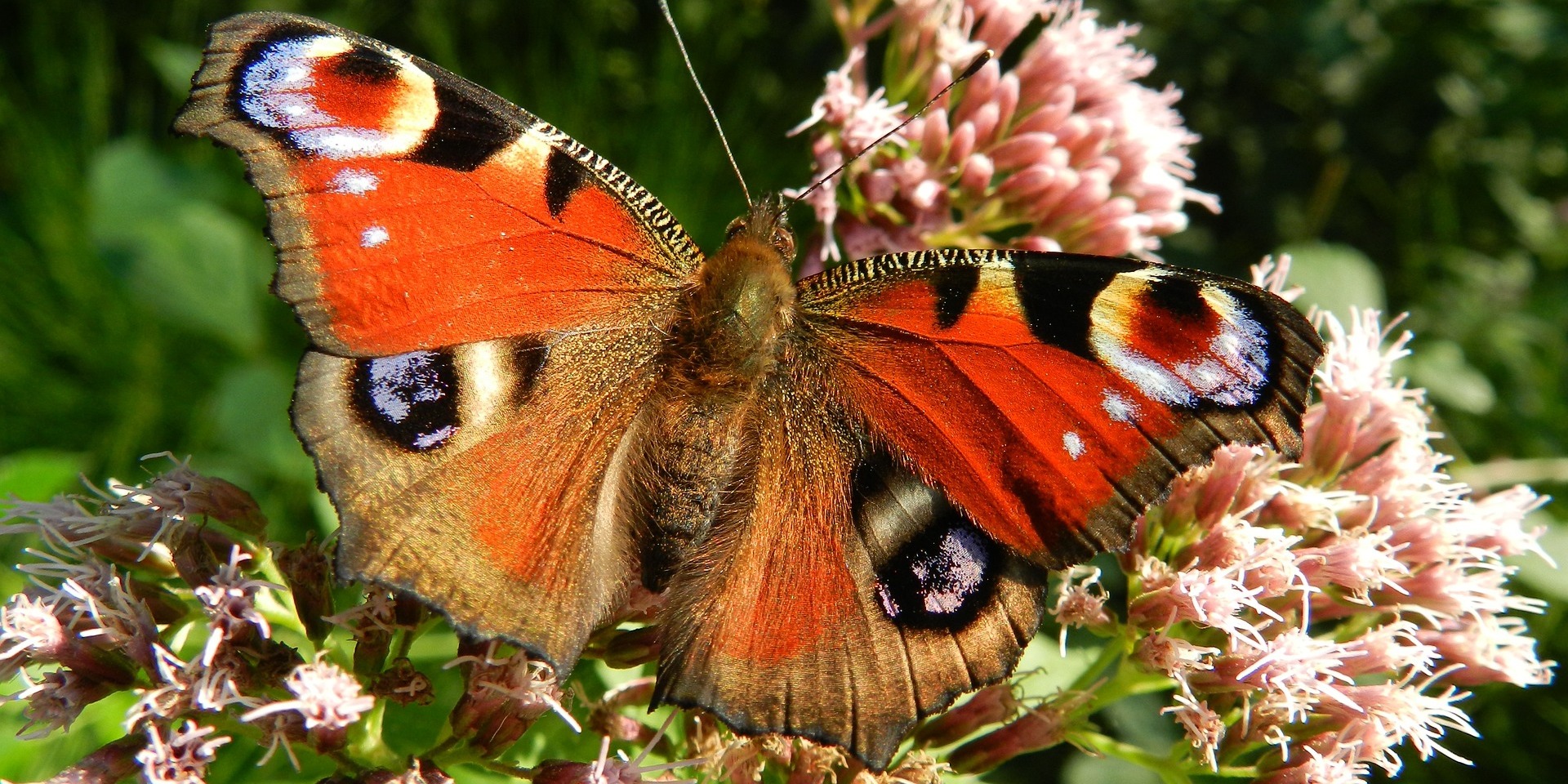
The loft of your house is a dusty, dark and cold space that holds very little attraction for visiting and generally more often than not, a place that is rarely ventured into by us, but to many species of insects like flies and wasps, the loft is highly welcoming as a stable environment in which to overwinter.
For most of us, we make just two-yearly pilgrimages up into the forbidding loft, the first because it’s the summer holidays and we need the suitcases down, and the second trip is now, in December when its time to bring the Christmas decorations down, and this is when some people find out that they’ve got themselves some unpleasant, unexpected visitors.
It’s common to find many types of insects up there and because they don’t go into hibernation like bears and other mammals, instead to get past the winter they enter a period of inactivity called diapause. Insects stop moving about and slowly shut themselves down ready to recharge and start again in the spring, your lovely dark loft is relatively dry and with a reasonably stable air temperature makes just the right place for many insects like Queen wasps, ladybirds and flies to hunker down in and get through the hard part of the year.
If you visit the loft you’ll soon find out if you have of these insects up there when you switch on the light and after a few minutes, you may notice them flying about, if this happens don’t reach for the phone to call out a pest control company, that’s the wrong thing to do and I run a pest control company.
Either its best to accept the fact that they’ve taken up residence with you which will only be temporary and in the case of a pest species called cluster flies: a now yearly event or grab yourself a can of fly spray and take care of them yourself. There is a high chance that you’ll see a few Queen wasps and a small number of flies which should be easy to deal with by anyone armed with a can of Raid or you can just ignore them. None of these insects cause any damage and they don’t pose any real health issues to us, so the best course of action might be a case of live and let live?
Are there any other insects could be up there, along with the wasps and flies?
Yes almost certainly you’ll find that you have a range of insects up there and it’s really common to find ladybirds clustered together in lofts, one of which is the harlequin ladybird and as a invasive species the population has exploded in the UK over recent years. The harlequin or Asian lady beetle to call it by its local name, is a top insect predator that eats its way through thousands of aphids.
These ladybirds were originally bought to the UK to control pests in agricultural glass houses and they soon spread out into the environment, as a species they are hugely variated in colours and spot design. The harlequin out competes our native ladybirds and I see these resting in lofts and voids around window frames all the time, they don’t really present as a pest to us other than their sheer numbers, in this way they are more of a nuisance than a problem.
Along with all the ladybirds you’ll find other types of insects such as lacewings and butterflies; they’re all up in your loft to take advantage of that stable environment and just get through the winter, these insects all go on to make up vital ecosystems, some of these are predators, and some are prey. When grouped together they are all just as important in their own right and shouldn’t be considered as pests, they are just unwanted house guests that have come in out of the cold.

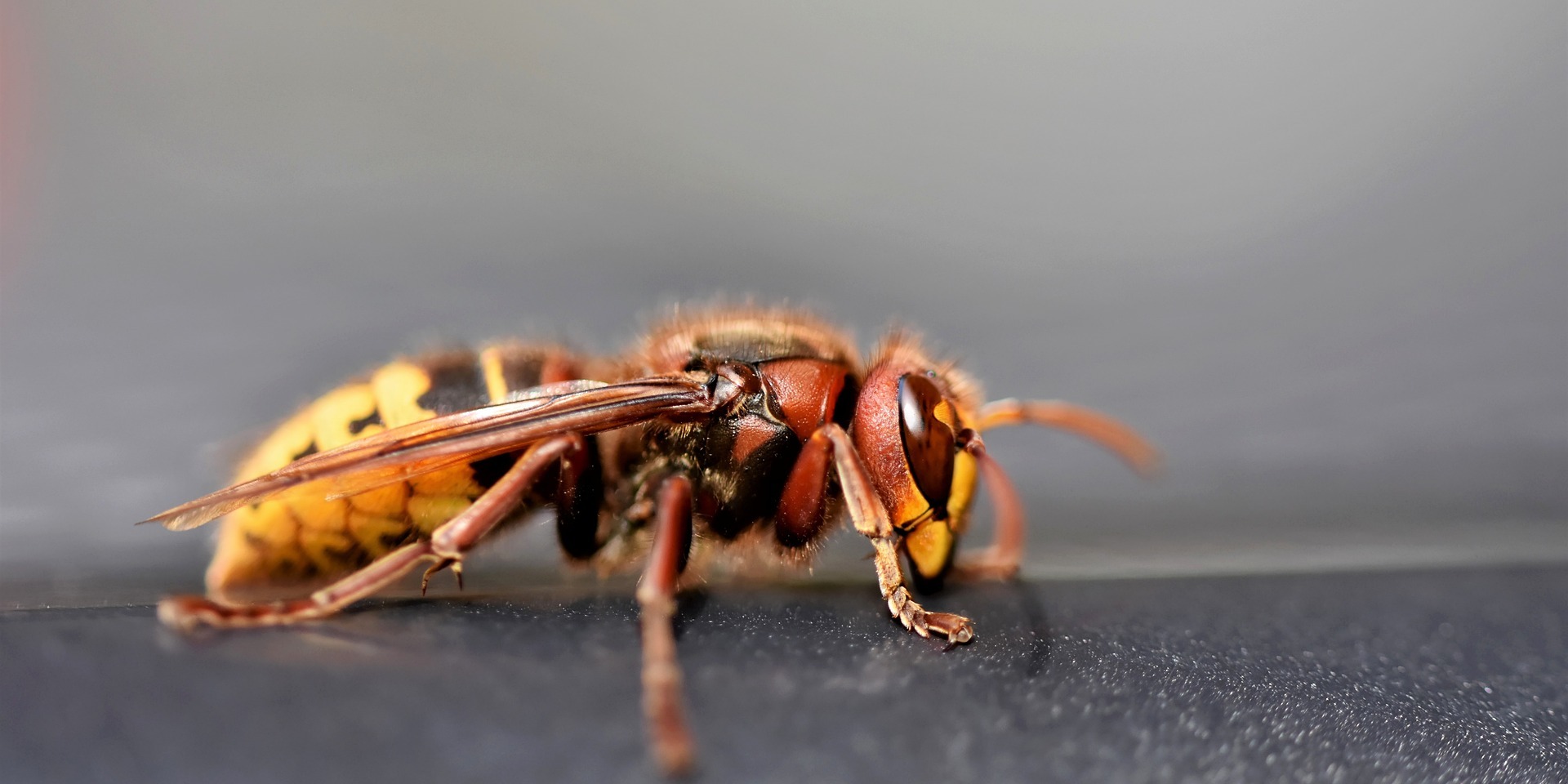
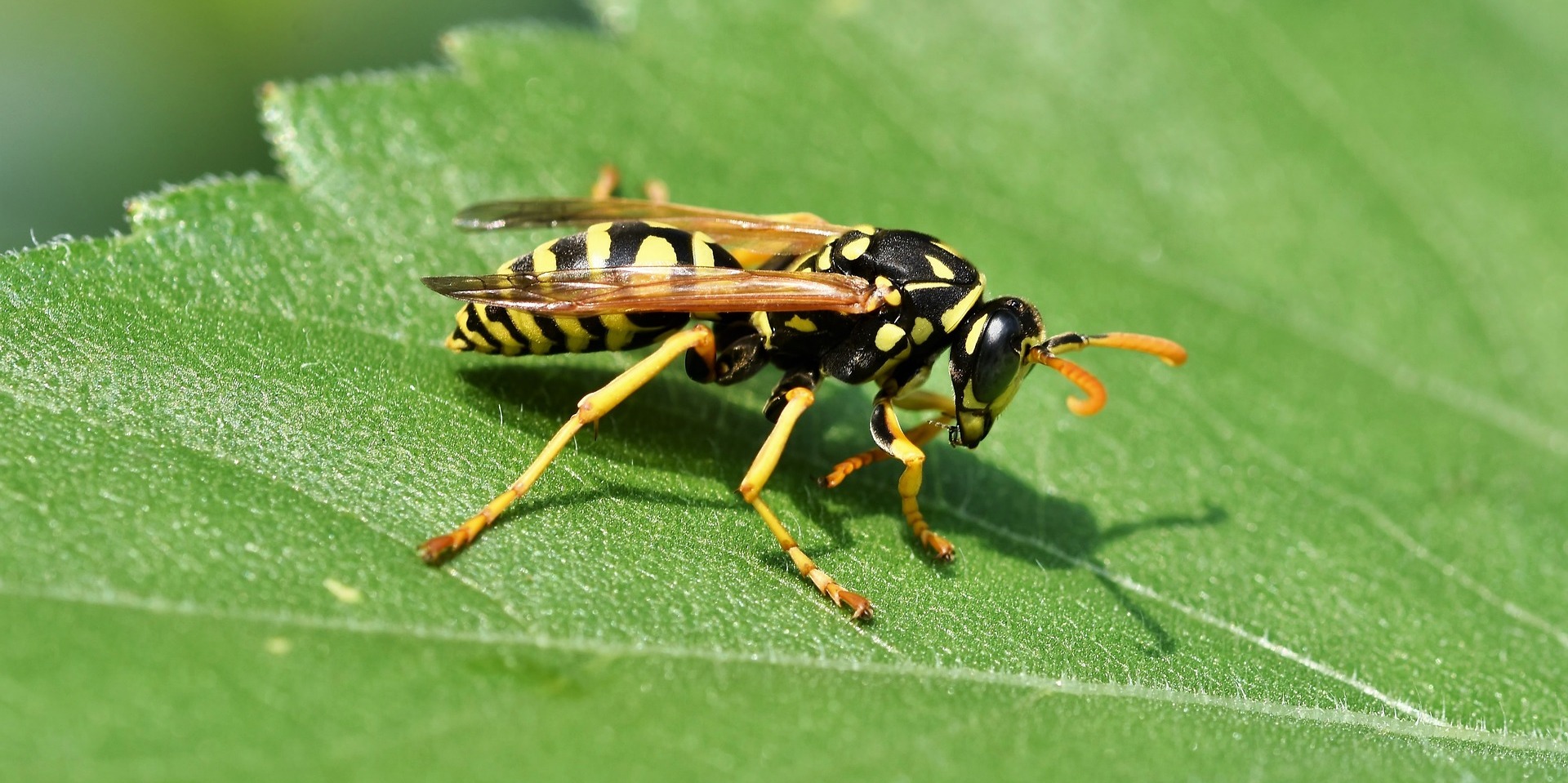
Gnawing, scuffling, scratching and squeaking


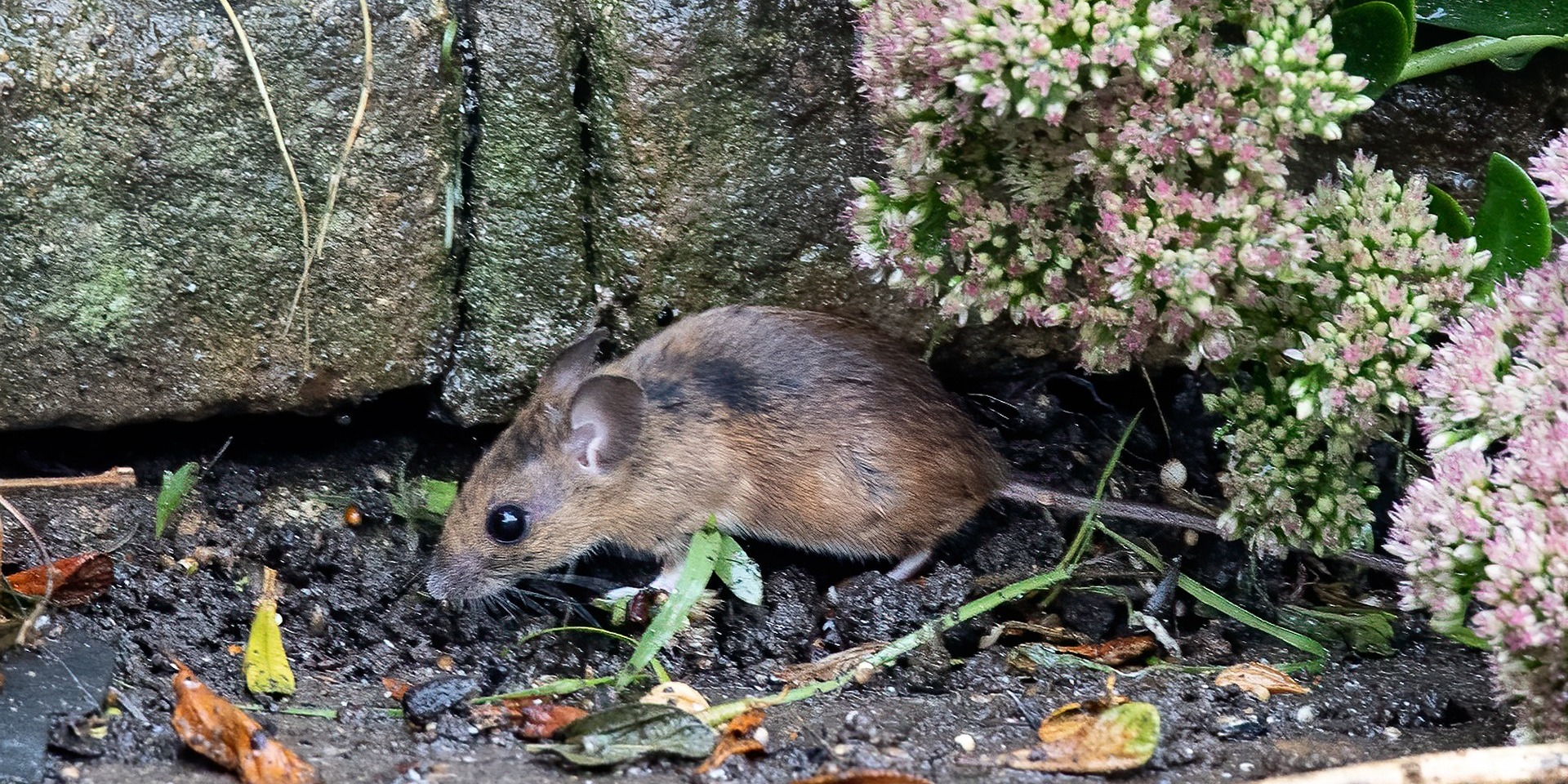
If you’re really unlucky, you may find other guests up there and unfortunately, these are pests; it’s not just insects that come in out of the cold, if you hear the occasional scuffle, squeak or scratch from up in the loft, then you’ve got one of the rodent pests and these are a completely different kettle of fish.
So what could be making noises in my loft?
I work in an area that covers Reading, Ascot, Bracknell, Maidenhead and occasionally up as far as High Wycombe and down to Guildford, in parts of my working area we have four animals that make up the rodent pests, these are as you’d expect, the usual culprits, both rats and mice, but we also see squirrels living inside the loft and more rarely in certain areas, the edible dormouse or glis glis to give it the Latin name.
Glis glis
The edible dormouse is a strange looking animal, think half squirrel and half mouse, they are found where there are large stands of beech tree’s, so Burnham Beeches is the obvious local area to get callouts for them. They live in deciduous woodland and so migrate along belts of tree’s, often this follows the line of the Thames, so we see them in Cookham, Pangbourne and Woodcote, however they can be distributed when moving house. Glis glis properly hibernate, if they’re inside boxes or packing crates and you move house in the winter, you maybe taking more than you bargained with you.
Generally though they are associated with beech trees because they like the beechnuts or mast as it’s called, and if you live near a beech tree you’ll know how much of this stuff each tree produces. However, like just their cousins, and they are mice afterall, they’ll eat a range of other foodstuffs such as fruit, leaves, flowers, insects, even bird eggs, and to top it off another trick they’ve picked up is to scavenge for food in waste bins and from dropped litter.
I am seeing movement of glis glis into more urban areas, further away from their traditional environments and because they’re such able climbers, lofts are easy access for them and as they truly hibernate, your loft makes the ideal place for dormice to spend the winter in.
You can trap and dispatch the edible dormouse, but dealing with them is slightly different from their less exotic cousins, for a start you need to obtain a license to control them, the reason for this is that they do have a protected status. To help The Government understand their population size and spread, the terms of the license include a report into numbers trapped, it’s worthy to take note that the use of rodenticide is not approved for glis glis.
The first indication of edible dormice is when you hear them moving about up in the loft during the late autumn, because of the hibernation factor they fatten up on mast, nuts and berries and store some goodies in the loft just in case they wake up early. This is why they’re called edible dormice, the Romans used to keep them in terracotta jars called glirarium hence glis glis, here they were forced fed them and then eaten dipped in honey. Nice, but personally I’d prefer a MacDonalds any day.
Rats and mice
As you would expect from a pest controller, I’d make comment on these two pests, the usual perpetrators of noises from up in the loft: rats and mice, these two pests are hugely problematic during the winter months because both species will make their way up into the loft where insulation, stored items and even empty plastic bags can all be made into a warm cosy nest. As mammals they are just like us in that they have to generate warmth and this takes energy, and just like us, if you can find a place where that warmth can be contained then you’re using much less energy to survive.
Rats, mice, squirrels and glis glis will store food like nuts and seeds for eating later when other foodstuffs have disappeared, they all store their food cache where they nest and I often find piles of seeds in lofts. For rats and mice if they can climb down from the loft using the inside of the cavity wall to get inside the kitchen, they’ll take food from the kitchen cupboards and things like cat food from open topped bowls, even fruit will get nicked from the fruit bowl that could be in another room.
How do rats and mice get into the loft?
Since the 1920’s it’s been common practise to build with an outer and separate inner wall: the cavity wall, nearly all houses in the UK have these voids that run from the foundations to the loft, and it doesn’t matter whether or not there’s insulation inside the cavity as they will just burrow through. Both of these pests are great climbers and very good at jumping, occasionally we’ll see mice that have climbed up the outside of a house to get inside through a missing piece of roofing material, that’s how good at climbing they are.
And don’t forget that the house walls are often pierced by air bricks, pipes, cables and even below ground, electrical, gas, water and waste services, all of which have to cut through the cavity wall and all of these, can be the route to infestation. Generally speaking, rats get in from below ground whilst mice always get in above ground, and the one place that this all leads to, is up there inside your loft.
Squirrels
The largest and most destructive of the rodent pests, don’t be fooled by their cute personality and countless video clips of their acrobatic stunts, these rodents really are little devils when they get inside your loft.
They cause so much damage, firstly they scrape the loft insulation from the surface of the plasterboard and then stuff it into the void that forms the soffits and fascia’s, the fibreglass is shredded up and rolled into a huge ball which will be the home for the squirrel.
Given that their first breeding season is just around the corner anytime from the end of December given a mild winter this will be a single female but she’ll have four little ones soon enough, and maybe another four come June?
Any soft materials stored inside the loft will also be targeted for nesting material, the worst case of this that I’ve seen was a designer wedding dressing torn to pieces to make her drey. Tearing up wedding dresses is only a small part of their destruction, they will gnaw on electrical cables causing power outages and even on plastic water pipes giving rise to the subsequent leaks, damaged ceilings and expensive repair bills. Having a squirrel living inside your loft is not a joke and there’s nothing cute about this situation.
Itself, the grey squirrel is an invasive species that has taken over nearly all of Europe, because it is from North America, it doesn’t have to contend with predators in the UK so the population has exploded, on top of the fact that they breed twice a year and are highly territorial, lofts are a favourite place to set up home in.
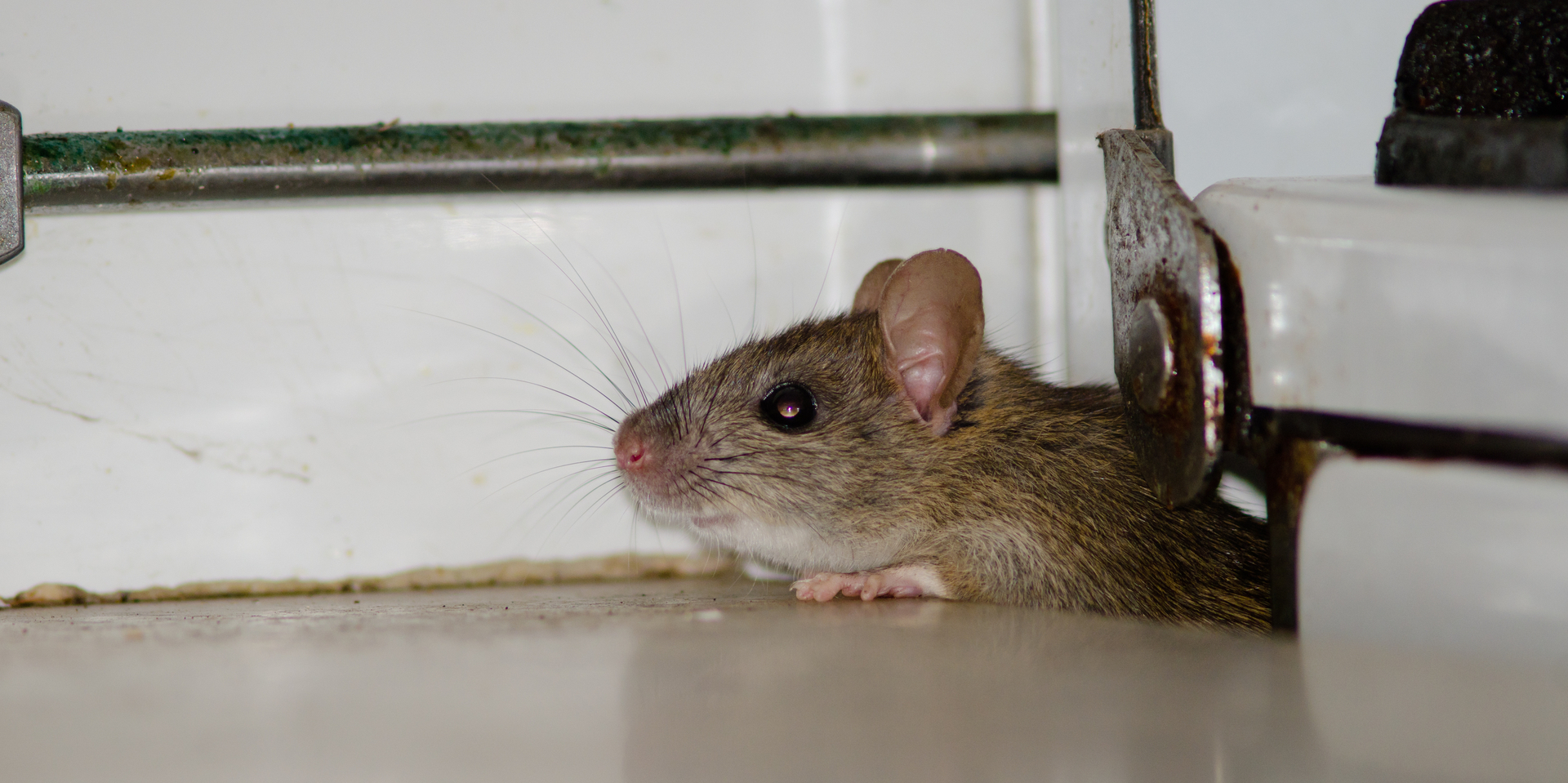

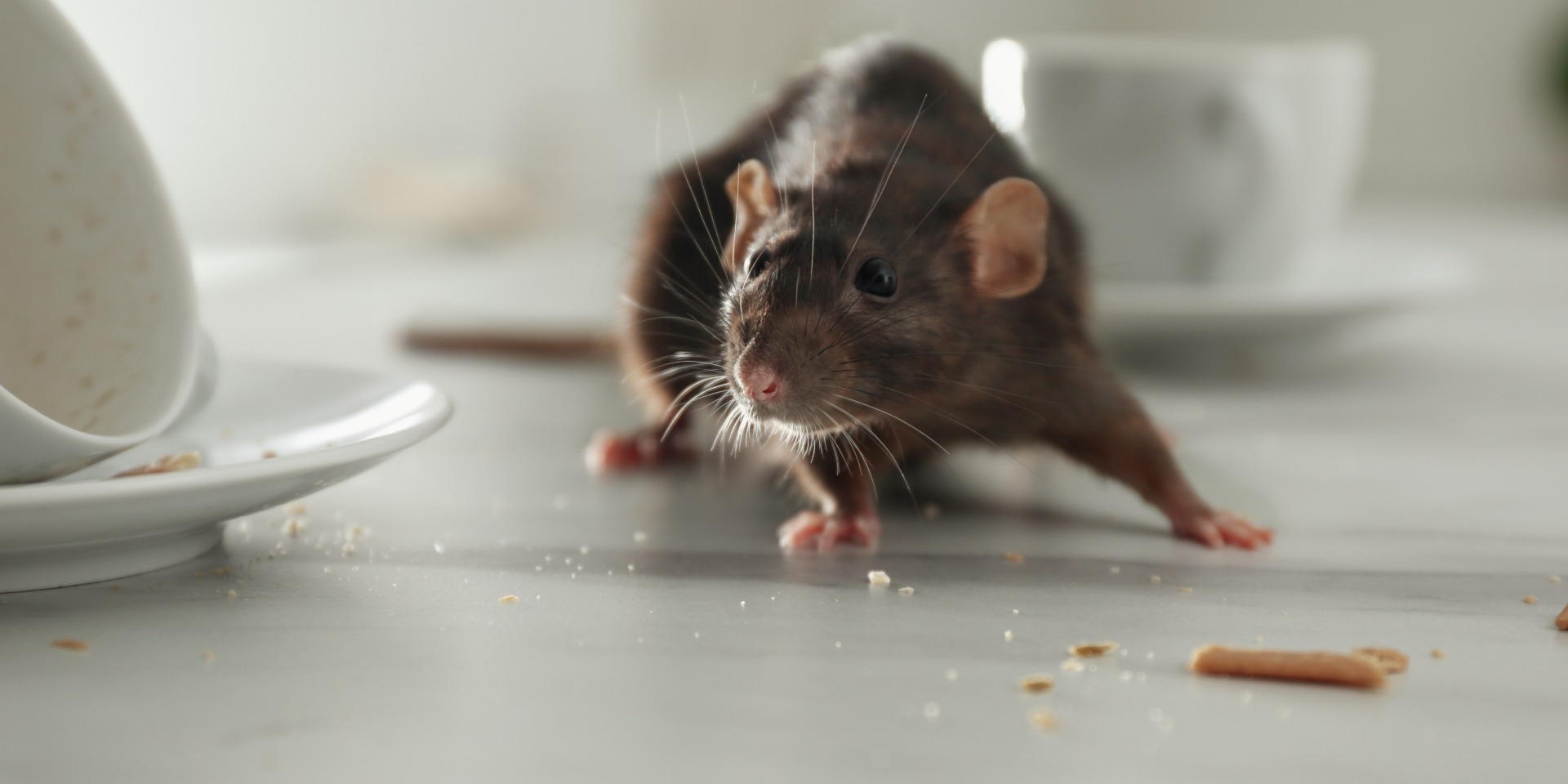
Winter is a time of hardship
All of these animal pests make a lot of noise up in the loft, either when scampering, gnawing, fighting or mating and so you’ll soon become aware that you have visitors, sometimes you’ll hear them squeaking, however there is another possible guest that squeaks in the loft and that’s bats. Yes, bats will come into lofts during the autumn to start their hibernation process.
From October onwards, usually it’s the pipistrelle bat which is the commonest species of bat living in the UK, that fly’s in and takes up residence in peoples lofts, despite their size these animals can make a lot of noise when grouped together, and I’ve been called out to a report of mice inside a roof space to find that there were dozens of bats hanging from the rafters. Its important that you understand that both the bats and their roost are protected by Law, interfering with either of these will see prosecution and hefty fines being dished out so once again, just like the insects, its better just to leave them alone.
Whatever or whoever you find living inside the loft, weigh up the balance of treatment, is it worth fogging a loft with insecticide to kill some insects that do no harm and will leave in the spring versus getting rid of a furry pest that could chew through your lighting circuits, leaving you with thousands of pounds in repair bills?

We'd just to thank all of our customers for choosing us to help them with their pests this year and wish them all a happy Christmas and the best for 2024
Share this post:





